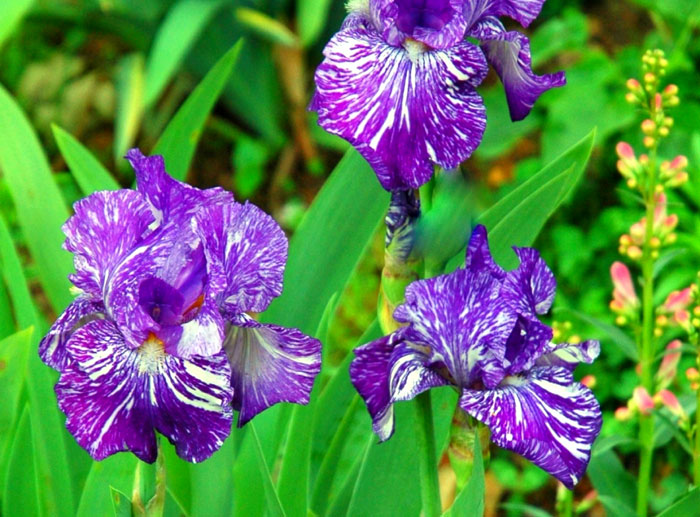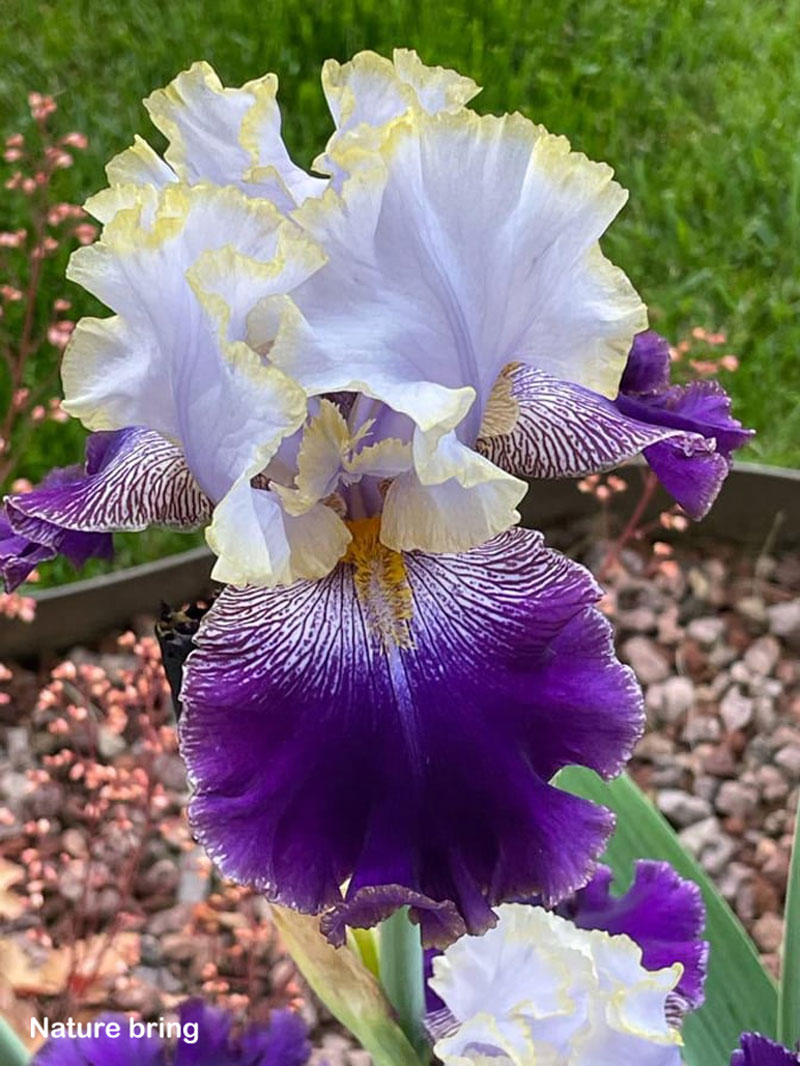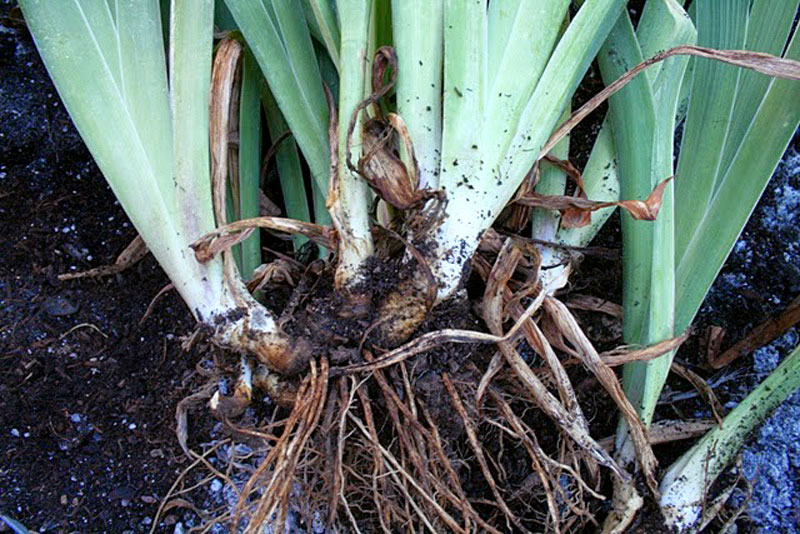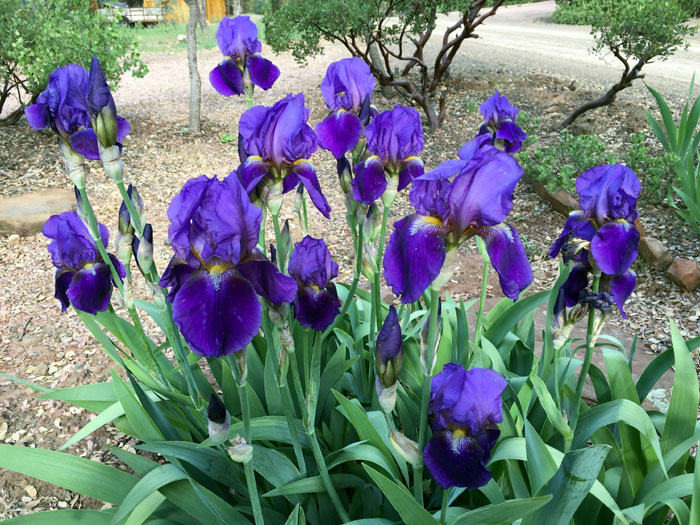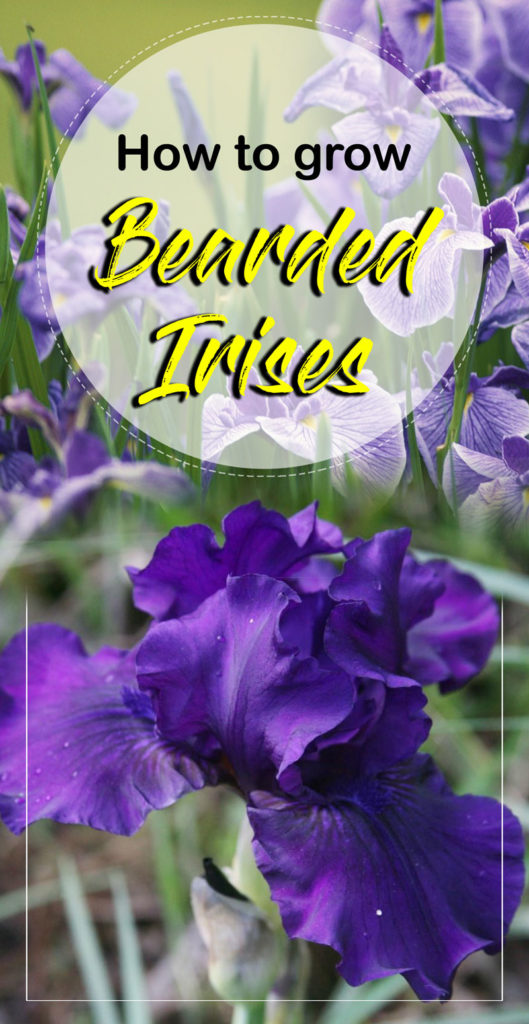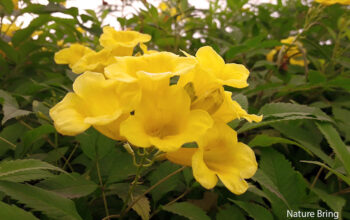Iris flowers
know more about How to grow Iris flowers, Bearded Iris plants, Growing Irises, and care then read the following article. Flowers look long, beautiful, and in many magical colors, and every gardener wants to grow these perennials in their garden. About 300 species of irises are found and you know these amazing flower plants grow very easily. Irises flowers attract hummingbirds and butterflies. It contains the most popular long and Irises flowers.
This will be the hottest presentation and attraction of your garden. You can follow the instructions given by Nature Bring and Bearded Iris blooms year by year. This beautiful flower has 3 distinctive petals, called Fall, it also has 3 internal straight petals are called standards. False can be beards or crests. Its flowers come in colors like Blue, Multicolor, Yellow, Orange, Purple, Pink, and White.
Overview of the iris plant
Scientific name Iris germanica
Common name Iris
Plant type Flower
Sun requires Full Sun/part sun
Blooming time Summer
Soil loamy and sandy soil
Soil pH 6.8-7.0
Zone 4-9
How to grow Iris flowers
The best time to divide
The best time for planting Rhizomes is July, August, and September. (Usually, in the summer of July and August most plants become inactive). This is the best time to divide the Iris plant into many crowds. This condition often comes after three to five years. It is also very important that the roots of the iris are well established during the end of the growing season. You should plant your iris 4 to 6 weeks before the hard cold. Read more.
Soil selection
To grow irise flowers requires the best and well-drained soil. If you have heavy soil, then you need to mix the compost or another type of organic matter in the soil. This is a good soil conditioner if you want to use gypsum to improve soil. The ideal soil for the iris is pH 6.8, it is slightly acidic. If the soil is more acidic then mix the lime. You must test the soil before using any experiment.
Location
Give your iris plant a place in the sun. This plant requires dry soil and at least 6 hours of sunlight per day. A completely sunny day is good for drying the rhizomes so that the Rhiyozomes can structure a good fleshy root of the plant.
Fertilizer
Apply granular fertilizers to your iris plant twice a year, the ones in the early spring, and the second after flowering. If you use nitrogen-rich fertilizer, Irises flowers would be better if the soil is slightly neutral and below pH level 7.
Watering
Give the water after the transplant or when the soil has completely dried. Give room to your iris to breathe, because good air circulation is required to grow a Bearded iris. Plant them at least 15 to 18 inches apart. You can keep less space for a dwarf iris.
Mulch Bearded Iris
Bearded Iris flowers are not required for Mulch because it keep moisture, and moisture can cause soft rot in Rehyozomes.
*Break its seed pods when its flowers fade. This prevents seeding. Seed formation also protects the roots of the spinal cord and leaves.
Pruning
Pruning of foliage group in the fall season. Doing this reduces the risk of overtaking pests and diseases.
How to care for Iris flowers
- Avoid giving high nitrogen based on the plant, malicious can also be caused by rotting in its rhizome.
- Always keep its rhizomes exposed because its rhizome requires air circulation and slight sunlight, so do not put it too deeply. Due to being buried in the soil or other crowds of other plants, they will rot, and the rhizomes dry up when there is sunlight.
- Do not trim, if the flowers are coming in the iris, because it leaves take photosynthesis for next year’s growth. Cut off the brown stem.
- If the plant is damaged due to extreme cold, cut off the affected part. For this, you see the cold dates in your area.
- Plants lose their vitality in 2 to 5 years, due to which their flower blossoms begin to affect, for this, you transfer their healthy rhizome to new soil. The best time to apply it is immediately after blooming.
- When you transplant it, cut its leaves to 2-3 inches in length. It allows the rhizome to be installed in a new place.
Pests and diseases
- Bearded Irises are most affected by Iris borer insects. Its eggs are under the leaves in the spring. It affects the leaves through tunnels of the rhizomes.
- The leaves of the infected plant have yellow stripes and spots, which are easily separated from the rhizome.
- If affected, the rhizomes become mushy or in small holes due to burrowing larvae.
- For this, debris placed around Iris plants, and borer leaves should be removed and destroyed for protection.
- When dividing, the infected rhizomes should be removed.
- Separate and destroy the infected foliage group during the growing season. Read more.
Read also: Daylily growing and caring at home. Growing Rosemary herb plant. Organic Bottle gourd growing in a container. Colchicum growing and caring tips. Chrysanthemums propagation and care. Growing and caring Lupine plant. How to grow Crossandra flowers. Hollyhock growing and care guide. Growing and caring about Chrysanthemums. Gardenia growing in containers. how to grow cannas tropical flower. Verbena growing and care tips. Fiddle leaf fig growing and caring tips.
Happy gardening
For pin:

